Search
Did you mean: Xois?
Search Results
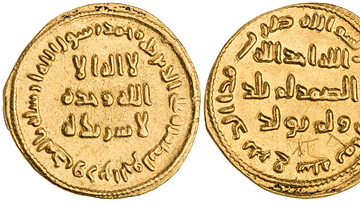
Image
Coins of Abd al-Malik
A gold dinar of Abd al-Malik (r. 685-705 CE) minted in Damascus in 697/98 CE. Abd al-Malik introduced an independent Islamic currency in 693 CE, which initially bore depictions of the caliph before being abandoned for coins solely containing...
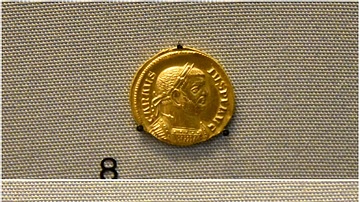
Image
Coins of Carausius
The rebel Carausius (Marcus Aurelius Mausaeus Valerius Carausius) declared himself emperor, making Britain his base. Although he had no authority in Rome, he stressed his Roman identity by citing the poet Virgil on his coins. He also used...
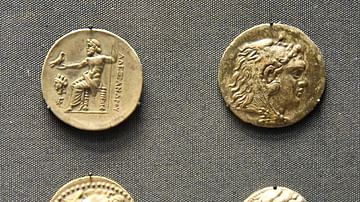
Image
Coins of Alexander the Great of Macedon
Alexander conquered large areas of Europe, Asia, and North Africa. The coin types produced during his lifetime were still used after his death in 323 BCE. These had the same imagery and weight standard, with local symbols to distinguish the...
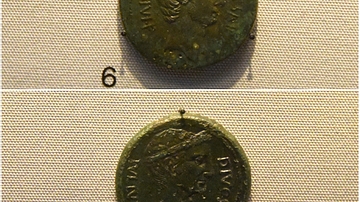
Image
Coins of the First Roman Emperor
Julius Caesar was deified after his death and a comet appearing at this time was seen as a manifestation of his spirit. Octavian (later Emperor Augustus), used his coinage to emphasize his relationship to Caesar, his adoptive father, describing...

Video
When Money Talks: A History of Coins and Numismatics with Frank Holt
When Money Talks: A History of Coins and Numismatics by Frank Holt explores the history of coins from their first invention in ancient Lydia, all the way up to cryptocurrency and the future of coinage. Though coins may seem mundane and the...
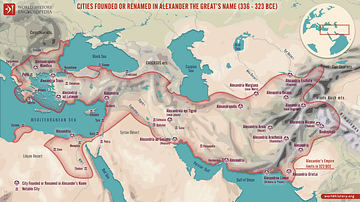
Article
Cultural Links between India & the Greco-Roman World
Cyrus the Great (558-530 BCE) built the first universal empire, stretching from Greece to the Indus River. This was the famous Achaemenid Empire of Persia. An inscription at Naqsh-i-Rustam, the tomb of his able successor Darius I (521-486...
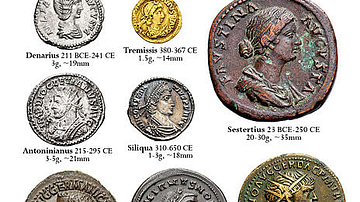
Image
Roman Coins
Some of the most common Roman coins, including the gold aureus, silver denarius and brass sestertius.
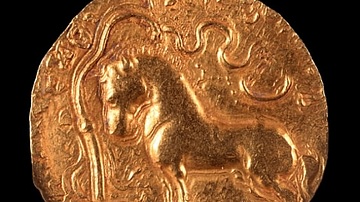
Image
Gold Coins - Gupta Period
Gold coins issued by Samudragupta (circa 335 – 375 CE).
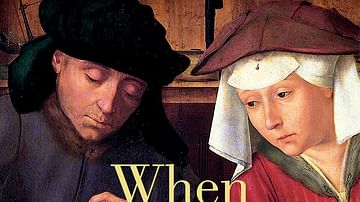
Image
When Money Talks: A History of Coins and Numismatics
When Money Talks: A History of Coins and Numismatics by Frank Holt.
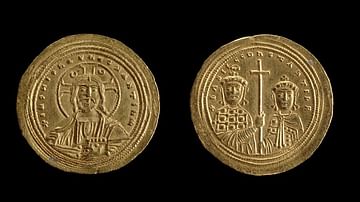
Definition
Byzantine Coinage
The coinage of the Byzantine Empire continued that of its more ancient predecessors and functioned as a convenient method of payment for goods and services, especially to soldiers and officials, and as a means for people to pay their taxes...